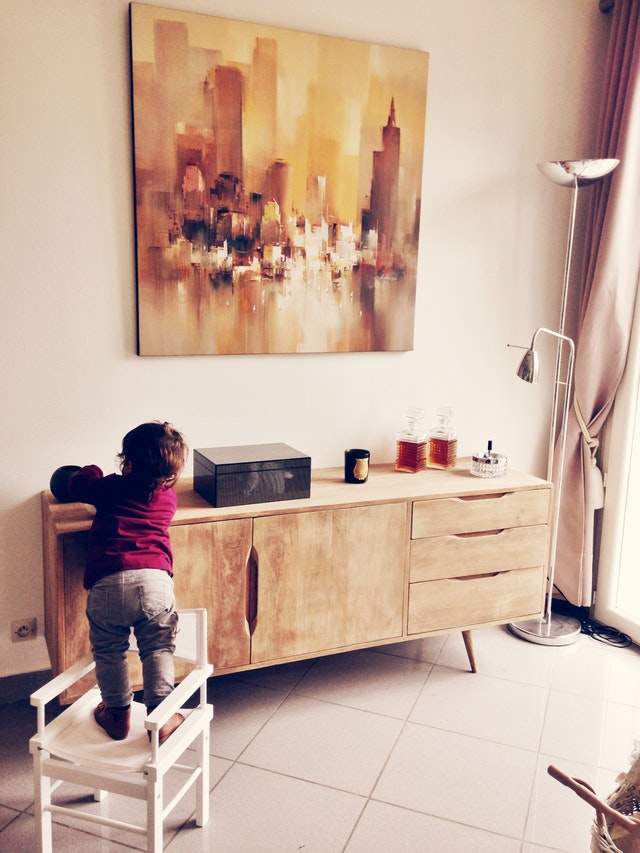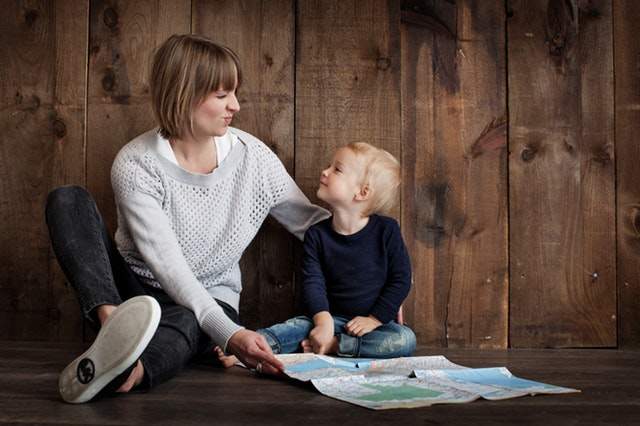 Whether you’re juggling a hectic work schedule, studying for your finals or trying to run a busy household, finding time for fashion and beauty is probably the last thing on your mind. With most of us wanting to make somewhat of an effort when leaving the house, there are all sorts of tips and tricks that you can utilize to leave you feeling cozy but looking chic. Here are just a few ways to achieve this look as well as some outfit ideas to give you inspiration.
Whether you’re juggling a hectic work schedule, studying for your finals or trying to run a busy household, finding time for fashion and beauty is probably the last thing on your mind. With most of us wanting to make somewhat of an effort when leaving the house, there are all sorts of tips and tricks that you can utilize to leave you feeling cozy but looking chic. Here are just a few ways to achieve this look as well as some outfit ideas to give you inspiration.
Jeggings
One item of clothing every woman should have in their wardrobe is jeggings. Looking just like a pair of jeans, jeggings are stretchy and soft, giving you the comfort element that you want. Team them with an oversized cardigan, a V-neck and slouchy boots and you’re good to go and ready to face the day ahead of you. There are plenty of different styles of jeggings that you can pick from, as well as an array of colors to match your outfit.
Embrace Your Glasses
For those who wear glasses, you may not realize how many benefits they can bring you when it comes to an outfit. Not only do glasses save you time (such as putting in contact lenses), if you own thick-rimmed glasses, they will frame and define your eyes, meaning you don’t have to bother with eye makeup! If you’re the type of person who likes to get up and go without any hassle, thick-rimmed glasses can help you enormously. Simply finish off your look with some bright lip gloss and you’re ready to walk out the door and face the day ahead.
Footwear
When it comes to looking chic, you may initially think that only high heels can do the trick. What you may not know is that there are plenty of sneakers and flats that can add a touch of style to an outfit, making it look like you’ve put a lot of thought into your appearance. If you’re willing to splash the cash on a statement piece, there are plenty of Gucci Sneakers that can make any outfit go from ordinary to extraordinary. Those who love Gucci’s products can find these on SSENSE, a site which sells a wide range of high-end fashion brand items such as Gucci shoes, bags, and accessories. What’s more, they also carry other well-known shoe designers such as Jimmy Choo, Prada, Valentino and much more, delivering you some of the trendiest fashion pieces around.
Stylish Sweatpants
When going about your busy life, you will want to wear clothing that feels comfortable. Instead of wearing skin tight fabrics that cause irritation, why not try out a pair of stylish sweatpants? Brands such as Forever 21 stock sweatpants that are cut like a pair of slouchy pants with a chic twist. They may even have some fancy detailing on the pockets, adding a fashionable touch. If you ever stumble across these sweatpants, make sure to splurge on a pair. The great thing about sweatpants is that you can wear them with flats or high-heeled ankle booties, meaning no one will have any clue how cozy you are!
Tunics
If you’re having a lazy day but need to head outdoors, a tunic will be your best friend. No matter your body shape, tunics can look fantastic on you. Regarded as one of the most versatile pieces to wear (especially in warmer months) tunics come in a wide variety of fits and lengths, making it a must have staple to your collection. There are all sorts of tips that can help you work out how to wear your tunic to best suit your body shape.
Accessorize
A couple of accessories can make all the difference to an outfit for the better. If a ratty shirt and leggings are what you want to wear, simply team them with either boot socks, headwraps, a scarf or statement necklace to transform your appearance. With so many different accessories to pick from, the sky is the limit! Only you know what types of accessories are right for you, so be sure to have a look through your draws to find some quirky and interesting pieces to team with your look.
Outfit Ideas
If you aren’t sure how to piece an outfit together, you’ve come to the right place. For example, if jeggings are your thing, why not team them with a long-sleeved shirt and winter vest? That way, you will look presentable for the day, but stay super cozy, or maybe you like the idea of slouchy pants, a tank top and cropped jacket? With slouchy pants being breathable, soft and silky, they are a fantastic item to have on hand when you’re having a lazy day but want to look chic.
When you’re on the go and have places to be, how you look may be the last thing you worry about. However, making a bit of an effort can make all the difference and leave you feeling more positive and ready for the day ahead. Making small but noticeable changes to your appearance in the form of wearing comfy and stylish clothing can be all it takes to transform your look.

 What is “child-proofing” in comparison to fire-proofing, shock-proofing, and the like? Though this term may seem new, child-proofing one’s home has been a longstanding concern for Australian parents. As per the statistics of the
What is “child-proofing” in comparison to fire-proofing, shock-proofing, and the like? Though this term may seem new, child-proofing one’s home has been a longstanding concern for Australian parents. As per the statistics of the  Family road trips are supposed to be the most enjoyable times we have together and they make up some of our childhood’s most vivid memories. Unfortunately, long trips present a greater than average risk of car accidents and it’s a possibility we all have to consider. And things are even worse when accidents happen somewhere far away from home. Let’s look at what to do if you’re involved in an accident
Family road trips are supposed to be the most enjoyable times we have together and they make up some of our childhood’s most vivid memories. Unfortunately, long trips present a greater than average risk of car accidents and it’s a possibility we all have to consider. And things are even worse when accidents happen somewhere far away from home. Let’s look at what to do if you’re involved in an accident  Generally speaking, it’s easier to be a mom in the good times than the bad times. It’s easier to teach your children to have fun, to be curious, and to interact well with the world, than it is to teach them difficult lessons. It’s easier to plan for birthdays, Christmases and vacations than it is to plan for worst-case scenarios. But that’s not to say that planning for the worst isn’t an important part of mothering. This article outlines some ways in which you can be a great mom in the good times, and a responsible mom in the bad times, too.
Generally speaking, it’s easier to be a mom in the good times than the bad times. It’s easier to teach your children to have fun, to be curious, and to interact well with the world, than it is to teach them difficult lessons. It’s easier to plan for birthdays, Christmases and vacations than it is to plan for worst-case scenarios. But that’s not to say that planning for the worst isn’t an important part of mothering. This article outlines some ways in which you can be a great mom in the good times, and a responsible mom in the bad times, too.



